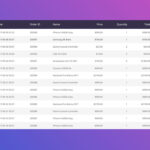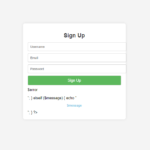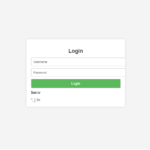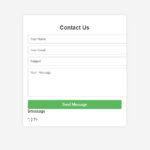Bootstrap lock screen html css source code

Introduction:
A secure and visually appealing lock screen is an essential feature for any web application, ensuring that users’ data remains protected while offering a smooth and professional user experience. Leveraging the power of Bootstrap, a comprehensive front-end framework, you can create a responsive and attractive lock screen with ease. Bootstrap’s pre-designed components and utility classes simplify the development process, allowing you to focus on customizing the appearance and functionality to suit your specific needs. In this blog post, we will guide you through the process of creating a Bootstrap lock screen, complete with HTML and CSS source code.
The lock screen serves as the first line of defense for securing user accounts and sensitive information. By integrating Bootstrap, you can ensure that your lock screen is not only secure but also visually appealing and user-friendly. This tutorial will walk you through setting up a basic HTML template, incorporating Bootstrap’s CSS and JavaScript files, and customizing the design to create a professional and functional lock screen. Bootstrap lock screen html css source code
HTML Code
[acf_code_field]
Conclusion
In conclusion, creating a lock screen using Bootstrap significantly enhances the security and aesthetic appeal of your web application. The lock screen, serving as the initial barrier to unauthorized access, must be both functional and visually appealing. Bootstrap’s extensive range of pre-designed components and utility classes simplifies the development process, allowing you to focus on customizing the design to suit your specific needs.
Throughout this blog post, we have explored the essential steps to create a Bootstrap lock screen, from setting up the HTML structure to applying Bootstrap classes and custom CSS. By following the provided code snippets and best practices, you can ensure that your lock screen is not only secure but also responsive and user-friendly across various devices.
Facebook
Twitter
LinkedIn
WhatsApp
Email
X
Print






